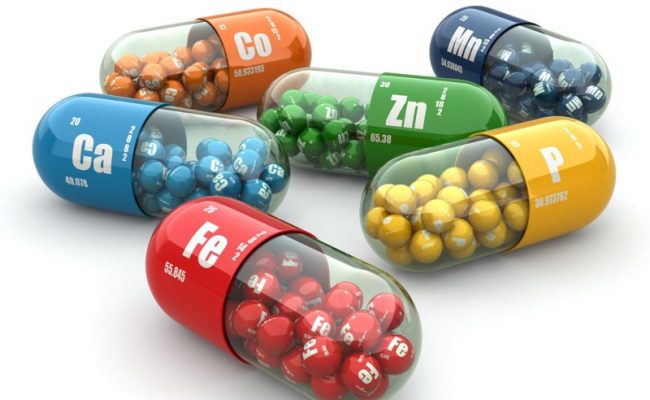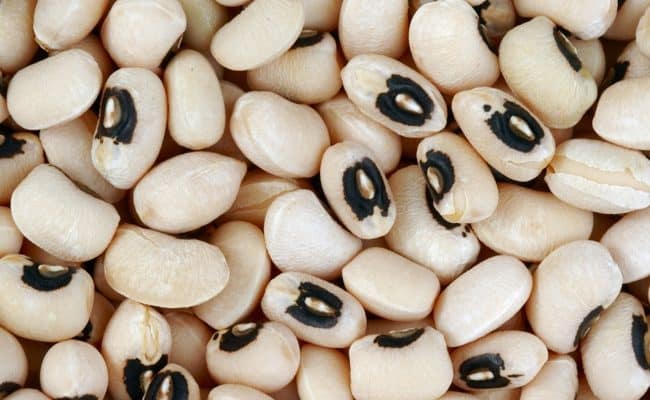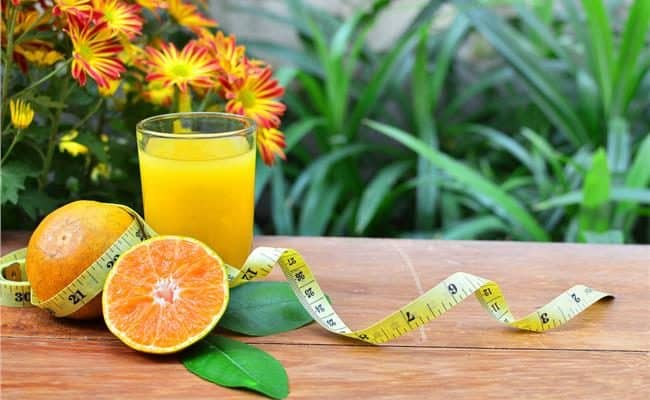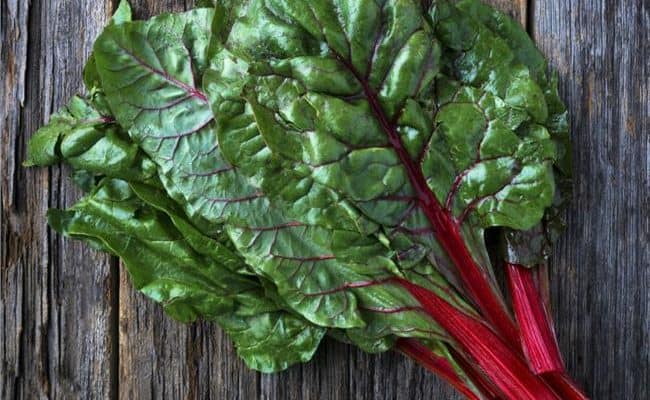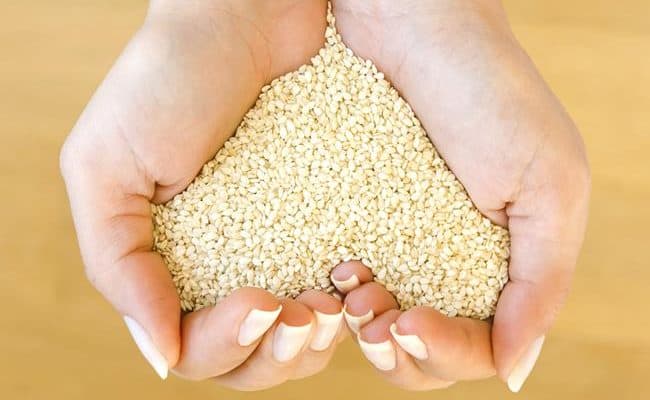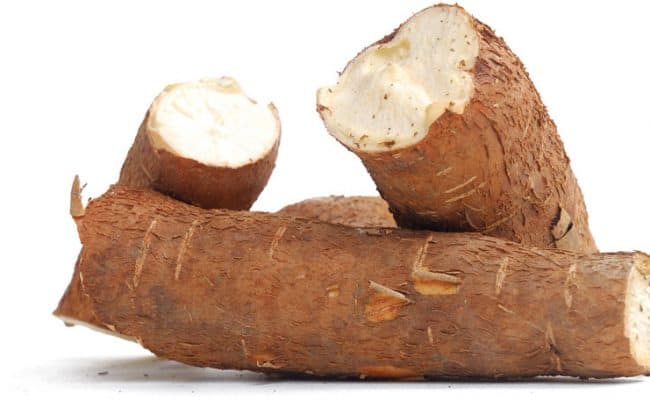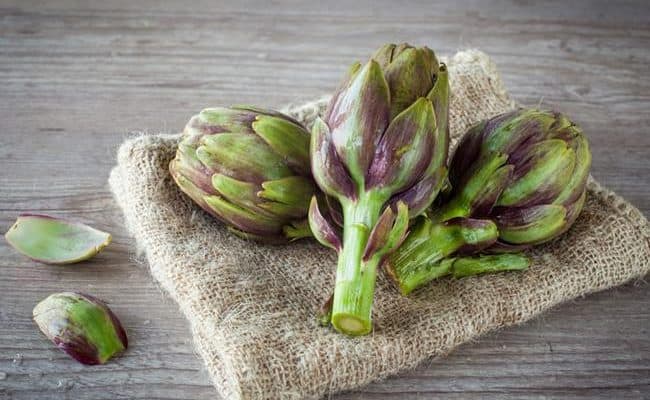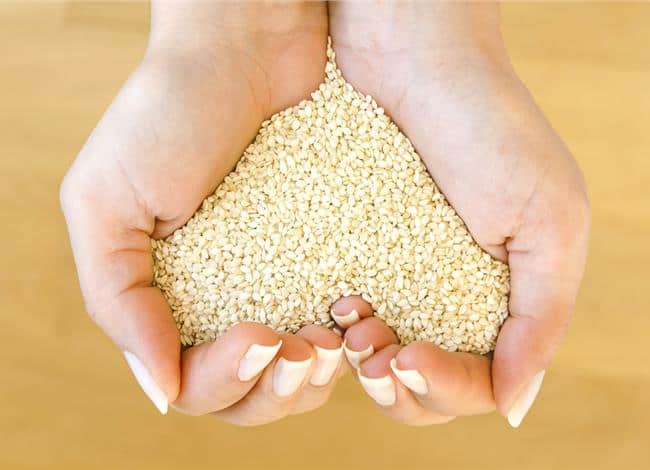
Zinc is involved with over 300 enzyme activities in the body and is important for normal growth and development. Zinc also has a role in immune support which is why it is often in cold supplements. Zinc helps the boy make more DNA, form new cells and new proteins. Because of this, zinc can be helpful for wound healing.
Humans need to get zinc daily because the body does not have a large capacity for storing zinc. According to Linus Pauling Institute (1), full blown zinc deficiency is fairly rare, but marginal deficiency can be common in developed countries.
The RDA for zinc is 11mg for men over 19 years old and 8 mg for women over 19 years old.
Certain groups of people may have inadequate intakes of zinc, and some foods can make zinc less absorbable.
In order to get zinc naturally in your diet, it is important to eat enough zinc rich foods.
Supplements may be needed for zinc deficiencies, but caution should be used with supplements.
The tolerable upper limit (UL) for zinc is 40 mg for male and female adults. Getting more than this amount, unless medically supervised, is not recommended.
Top food sources
Zinc is found in a variety of foods; eating a wide variety of foods can help ensure you are getting many different nutrients in your diet.
One of the richest food source of zinc is oysters. A three ounce serving of oysters can provide almost 500% DV of zinc (2). Other animal based foods like beef, crab, pork, turkey, chicken and dairy are other good sources of zinc.
Animal foods provide zinc that is more absorbable during digestion because sulfur containing amino acids from animal sources help to increase zinc absorption (3).
Vegetarian sources of zinc include: legumes, nuts, peas and oatmeal. Ideally, you should be getting zinc food sources throughout the day to reach the RDA.
Things that prevent zinc absorption
Phytates are compounds in plant foods like grains and legumes that can bind up nutrients including zinc. In general, zinc from plant based foods have a lower bioavailability compared to animal based foods.
In order to lower phytate content in plant foods, use a leavening agent for breads with whole grains. Sprouting or soaking legumes and grains before eating can also help lower phytate content.
Eating plant foods that contain zinc with a vitamin C source can also help lower phytate binding of nutrients. For example, eating tomatoes with legumes or an orange with nuts can help increase the bioavailability of zinc from the legumes and nuts.
Certain medications or supplements may interfere with zinc absorption or increase zinc excretion. Because of this, if you are taking a medication that interferes with zinc, you may need to take a supplement.
Who is at risk for not getting enough zinc?
People with digestive disorders may be at risk for not getting adequate zinc absorption from foods. People with any digestive disorders should consult their medical team for individualized guidance on supplements and diet, but in general they may want to increase zinc rich foods in their diet.
Pregnant and breast feeding women are at an increased risk of zinc deficiency, and because of this they have a higher RDA than non-child bearing women.
Vegetarians may also be at an increased risk, but they can eat sprouted, soaked or leavened grain and legume products to increase zinc absorption.
They can also eat a larger quantity of zinc providing foods and eat them with a vitamin C source to increase absorption.
The elderly population is also at an increased risk for inadequate zinc intake or limited absorption.
Can you get too much zinc?
Zinc does have an UL, so yes you can get too much zinc. A main concern from chronically getting too much zinc is copper deficiency.
Copper is a trace mineral, and the absorption can be interfered with when too much zinc is taken. In general, the concern for getting too much zinc is from supplemental form.
It’s important to realize creams can also have zinc in it than can be absorbed through the skin or gums (denture cream).
If you are using a cream that contains zinc, taking supplemental zinc plus eating a zinc rich diet, it could be possible to get more than the UL of zinc.
A general recommendation for zinc is to eat zinc rich foods in your diet, and you can also take a multivitamin that provides about 100% RDA of zinc.
Taking excess amounts of zinc may be needed if a person is deficient and should be done with caution.
Conclusion
The best way to get zinc naturally from your diet is to eat plenty of zinc rich foods. We absorb zinc best from animal based sources; meats and dairy all provide zinc. Oysters provides a high amount of zinc, almost 500% DV per 3 ounce serving.
Vegetarian zinc food sources include legumes and grains. However, these foods also naturally have phytates which can bind zinc and make it less absorbable.
To counteract this, it is recommended to use a leavening agent with grains. Soaking and/or sprouting grains and legumes also lowers the phytic acid content.
Another option is to simply eat a vitamin C source with legumes and grains to lower the phytate content and increase nutrient availability.
Marginal zinc deficiency may be fairly common, but full on zinc deficiency is rarer. It is also difficult to assess zinc status accurately; therefore, making sure you get enough zinc in your diet can be a preventative measure against marginal deficiency.
Avoid the opposite extreme of taking a lot of zinc supplements because you can get too much zinc.
Getting too much zinc long term can cause some side effects and can cause a copper deficiency.
